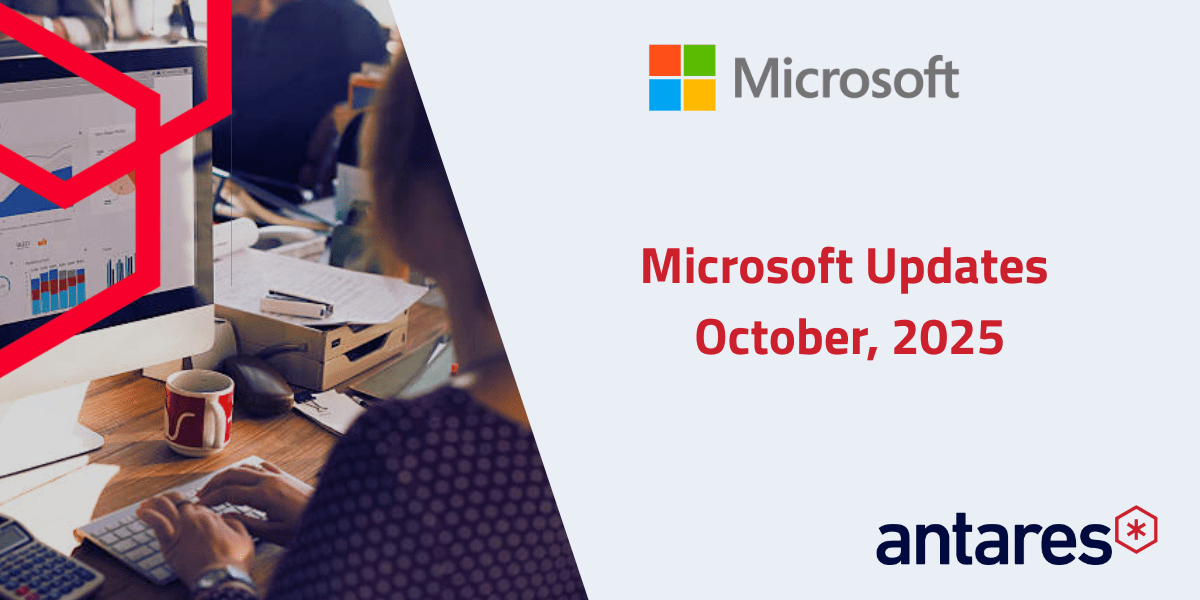Data science is a field that touches everything we do. Without it, data would simply be random information from which it would be very difficult to gain any real insight. By combining data with scientific methods and processes, we not only have the power to harness data for decision making – we can organise it in such a way that provides concrete benefits in our personal and professional lives.
For instance, did you know that artificial intelligence (AI) could not exist without data science? The scientific methods used to program a machine so it can make sense of data is data science.
Data scientists work in a variety of fields and are in extremely high demand. Some work within industry, helping organisations achieve goals by leveraging available data to its fullest extent. Others work within technology companies that are exploring the cutting edge of AI, machine learning, and automation capabilities.
Let’s look at the evolution of data and data science, and where this remarkable field is headed…
From raw data to intelligent super brains
Since the dawn of time, humans have used data to help make sense of the world around us. Be it recording the movement of planets or measuring time, data has always played a key role in our lives.
But it wasn’t until the advent of computer systems that our ability to use data really began to evolve. Computers made it possible to store copious amounts of information – well beyond what the average human brain could achieve.
The advancement of computer systems gave rise to what’s known as “data mining” which is the process of looking for patterns and correlations within large datasets. This process then enabled us to predict future patterns based on historic data.
We are now at a stage where we can extract meaning from large amounts of raw data and apply that meaning in a way that impacts our quality of life. For example, AI in healthcare is currently using data to:
- identify health and wellbeing trends by demographic
- monitor bodily functions and predict the possibility of disease
- scan x-rays or MRIs to find anomalies that a doctor may miss
Data scientists are a trinity between data, business, and statistics, they know how to prepare datasets and choose the correct algorithm for the machine to learn and make a business prediction. Data scientist must have an immense understanding of the trinity to produce the necessary output. Without the business sense, the data science model will not fit for business use. Without statistics, the data science model will likely to be bias. Without the correct training data, it will be rubbish in rubbish out.
Big data, big opportunities
Data is the new gold and is fast becoming essential to the sustainability of businesses in all industries. Consider the company Miniso, they found it hard to justify what products they should cross-sell and up. When someone comes into their store and purchase a product, they wanted to know how likely someone is to buy another product. Through AI and Machine learning Antares Data Science team developed a product recommendation tool that also became a training tool. By implementing this solution all sales teams are unified, they can tell their staff if people buy A, then they will buy B. They are now providing the same service and same cross selling across all 30 stores.
Data can be used to identify trends, risks, and opportunities in countless ways within organisations. This includes areas such as:
- employee sentiment
- customer behaviour
- training issues
- sales figures
- cashflow problems
- supply constraints
What’s most exciting is the ability for data science to enhance an organisation’s view of its own future. Utilising AI, leadership can be alerted to potentially damaging predictions which allows them to act quickly to protect the business.
Here’s a brief overview of how data science is having a positive impact within the public and private sectors…
Not-for-profits: Data can be used to identify future risks for communities in need, allowing for the timely development and delivery of relevant services. This not only applies to small-scale NFPs such as a local crisis centre, but also global NFPs such as Greenpeace or Doctors Without Borders.
Healthcare: Data is being used to help improve patient outcomes through the early identification of disease and the timely delivery of accurate treatments.
Private sector: Companies can use historic data to develop consumer-centric products, services, and experiences. They may also use data to improve workplace conditions, which aids in the attraction and retention of staff. Thanks to data science, executives can predict resource needs and monitor financial forecasts – allowing them to correct course before issues become impacts.
Marketing: Marketing agencies who serve the public and private sectors are using data to enable much greater specificity in defining target audiences and key messages. This saves their clients time and money and connects consumers with brands that offer the products and services they really want and need.
Education: Data science helps teachers understand their students better and improves planning to ensure better learning outcomes. The education sector may use data to analyse and predict attendance, identify at-risk demographics, see geographic trends, map student engagement, and much more.
Public sector: Data is fast-becoming essential to public sector planning, which is evidenced by the passing of the new Data Availability and Transparency Act. Under strict conditions, government departments will now be able to share data for the purposes of improving services to the public. This is set to create exciting opportunities and innovations – from how we respond to natural disasters, to how we ensure that people in need of vital services aren’t overlooked.
Data scientists make it look easy
Data science is a rapidly evolving and growing field, with a recent LinkedIn report showing more than 1 million open positions in data science at a given point in time.
Unfortunately, it has been very difficult for organisations to secure skilled data scientists. This is potentially because the need for data scientists has accelerated at a pace much faster than educational institutions could attract or teach new entrants to the field.
You’ll find that it’s a similar case with other data-related technical roles, such as:
- Machine learning engineers: This position falls between data science and software engineering. Machine learning engineers combine programming and data science skills to develop software solutions and data funnels.
- Data engineers: Data engineers work with data scientists to build and manage the data ecosystems that data scientists use.
- Data architects: Data architects evaluate their organisation’s data sources and design data management systems from the ground up.
If you’ve ever considered a career in data science, now is the time! The demand for your skills is incredibly high, and this will likely continue well into the future. You’ll also get to work at the leading edge of technology and may even contribute to innovations that have a lasting positive impact on people’s lives.
The future of data science
As technology matures and evolves, it’s predicted that the role of a data scientist will also evolve. They may support and maintain advancing machine learning models or transfer their skills to assist the development of younger technologies such as quantum computing.
Data science as a field still has a long way to go though, and data scientists will be crucial to supporting industry and the public sector as they journey towards enhancing their data capability. This includes exploring emerging areas of data science such as hyper-personalisation, no code environments, and the effective use of huge quantities of data that will be served up by IoT (the internet of things).
The sector will no doubt continue to provide countless jobs, like data science consulting, for economies around the globe and play an important part in improving many aspects of our lives – from how we work to how we plan, learn new things, communicate with each other, and seek out strategies for a sustainable future.




